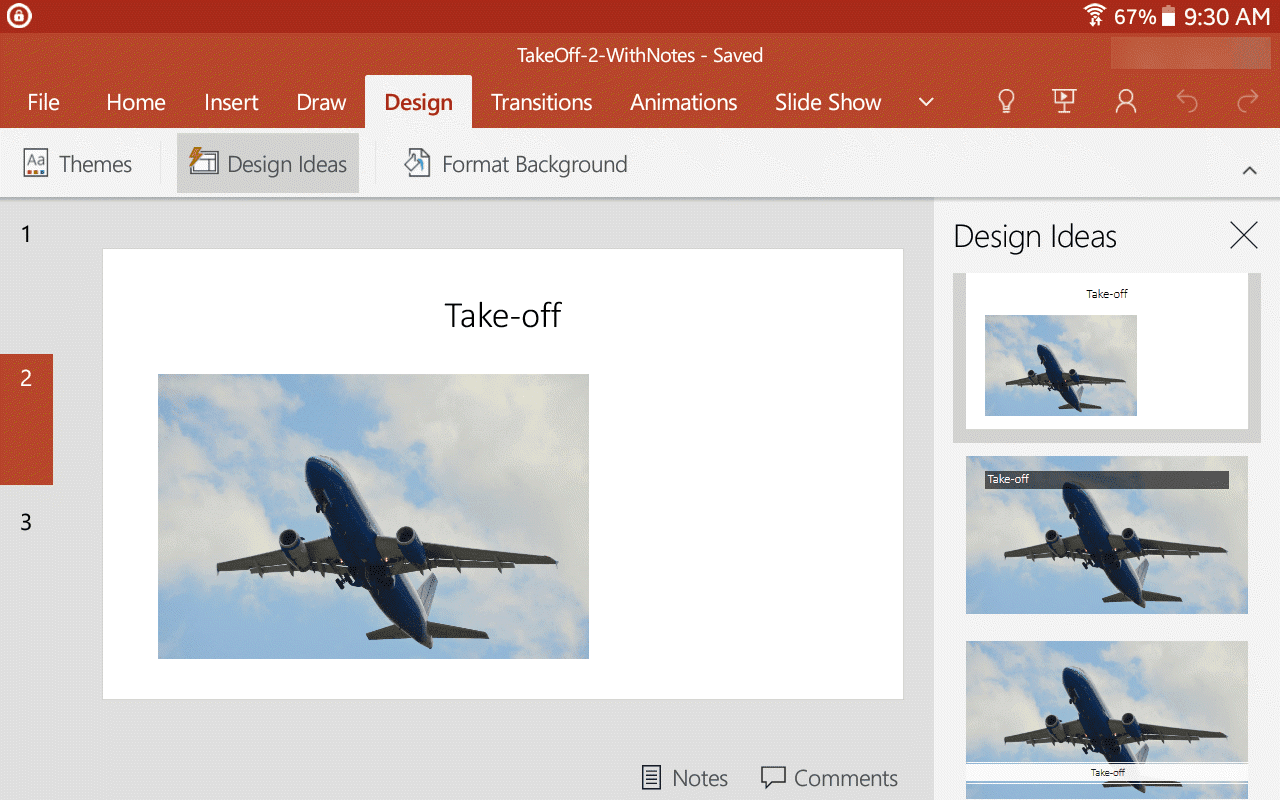
Right-click your custom theme and then select “Set as Default Theme” from the drop-down menu. Next, head over to the “Design” tab and select the “More” arrow in the “Themes” group.Ī list of themes will appear. Select the one you want to make the default template.Ī new window will appear, giving you a preview of the template and some basic information (if you input any). Next, select the “Custom Office Templates” option. To set your custom theme as the default, open PowerPoint, select “New” in the left pane, and then click the “Custom” tab. After that, it’s time to set it as the default template that PowerPoint opens with.

Once you’re happy with your setup, save your template and exit out of PowerPoint. PowerPoint comes with a number of themes built in, but if you want more. To change one of these themes, you can simply click on one of the thumbnails and you'll see it change in your presentation. From the themes menu, each of these thumbnails represents a different PowerPoint template. RELATED: How to Create a Custom Template in PowerPoint Click on a Thumbnail to Change Your PowerPoint Theme. Here, you can customize the fonts, headings, colors, text and image box placement, and more. The Slide Master will appear in the left pane. To access the slide master, click on the “View” tab and select “Slide Master” in the “Master Views” group.

Once you’re finished with that, it’s time to open PowerPoint’s Slide Master, which is where the rest of the customization will take place. Now, with your blank presentation ready, go ahead and select the slide orientation and size, which you can do by choosing the “Slide Size” option in the “Customize” group of the “Design” tab. You can do so by opening PowerPoint, selecting “New” in the left pane, and then selecting “Blank Presentation” from the template library. To get started, go ahead and open a blank PowerPoint presentation. Creating a custom template in PowerPoint is quite easy.


 0 kommentar(er)
0 kommentar(er)
